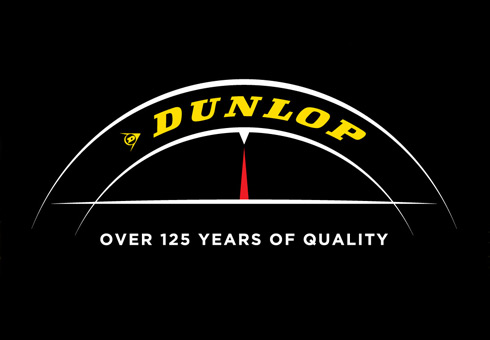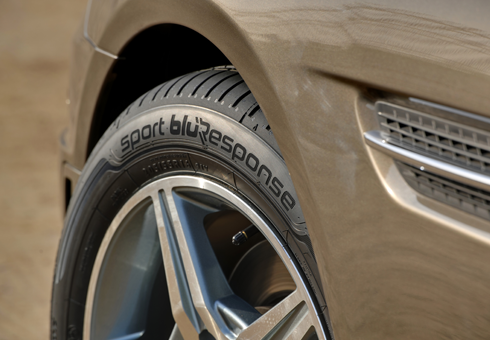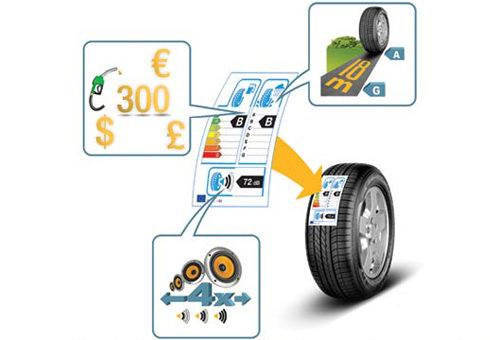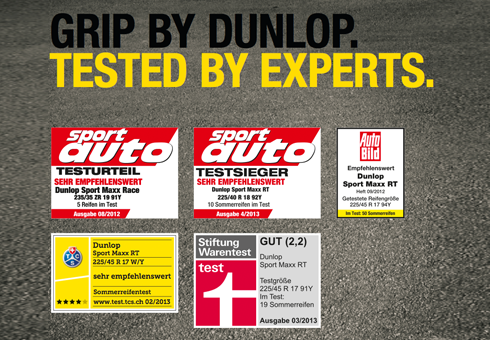Quality Performance Criteria
Quality Performance Criteria
Every tire that carries the Dunlop name must meet the highest of standards – and there is no bar higher than the one we set for ourselves.
To ensure that all Dunlop products deliver premium performance, long life and on-road reliability we test every new tire design under a principle that we call the 3/15/50 approach.


What does it mean?
The 3/15/50 approach reflects the different numbers of performance criteria that our tires are tested for.
3 – The number of performance criteria tested for under the EU Tire Labelling system
15 – The average number of performance criteria assessed under independent testing by Europe’s top automotive organizations and publications
50 – The number of tests we put every new Dunlop tire design through.
Find out more about the key performance attributes of a tire
3 – EU tire label testing
The 3/15/50 approach reflects the different numbers of performance criteria that our tires are tested for.
Introduced in 2012, the standardized EU tire label analyzes each tire under 3 key performance criteria:
Fuel efficiency – A measure of the tire’s rolling resistance, which has an impact on your vehicle’s fuel efficiency. Rated from A (highest rating) to G (lowest rating).:
Wet grip – A measure of the tire’s braking ability on wet roads. Wet grip is rated from A (highest rating) to F (lowest rating).:
External rolling noise – A measure of the external noise generated by the tire, in decibels. The black sound waves indicate the :
noise class of the tire, from 1 (quiet) to 3 (loud).

15 – Independent tests
Europe’s top automotive organizations and publications independently test tires for an average of 15 key performance criteria, typically including:
- Wet and dry handling and braking
- Cornering grip
- Durability
- Fuel consumption
- Internal noise
- Aquaplaning




